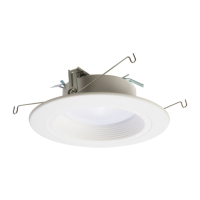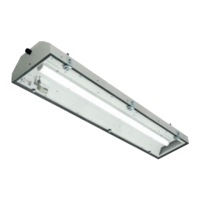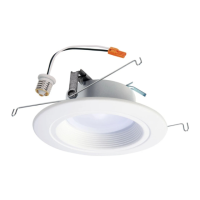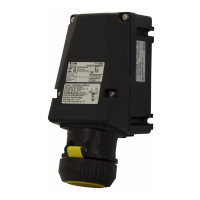INM MTL 130-0126 Rev 13
17
5.3 Calibration gases
Three are required.
• 100% Hydrogen
• 100% Carbon Dioxide
• Dry Air
The diagram that follows illustrates the calibration process.
5.3.1 Analysers working at alternator casing pressure
When this is the case the analyser must be calibrated at the appropriate pressure(s) for best
accuracy.
A typical filling regime for an alternator is described below.
• From the alternator casing filled with air at atmospheric pressure, CO
2
is introduced to
purge out the air. At the end of this operation, when CO
2
level is high (approaching
100%), the system is pressurised to some pressure - we will refer to it as ‘x’ barg.
• H
2
is then introduced at x barg to purge out the CO
2
. When the H
2
level is high
(approaching 100%), system is pressurised to a higher pressure – we will refer to it
as ‘y’ barg.
The following assumptions are made in advising this alternative calibration process.
• The 0 to 100% CO
2
in air range is only used as an approximate indicator until the
CO
2
level gets near to 100%. Only at high CO2 level is the reading required to be
reasonably accurate.
• The 0 to 100% H
2
in CO
2
range is again only used as an approximate indicator until the
hydrogen level gets near to 100%.
• The 90 to 100% H
2
in air is the most important range and requires best
accuracy throughout.
To accommodate this situation the following techniques and processes are used.
The instrument’s three calibration points must be performed at the pressures indicated below.
• 100% Air calibration – at atmospheric pressure
• 100% Hydrogen calibration – at y barg
• 100% Carbon dioxide – at x barg
This approach will produce the ‘best fit’.
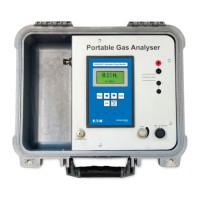
